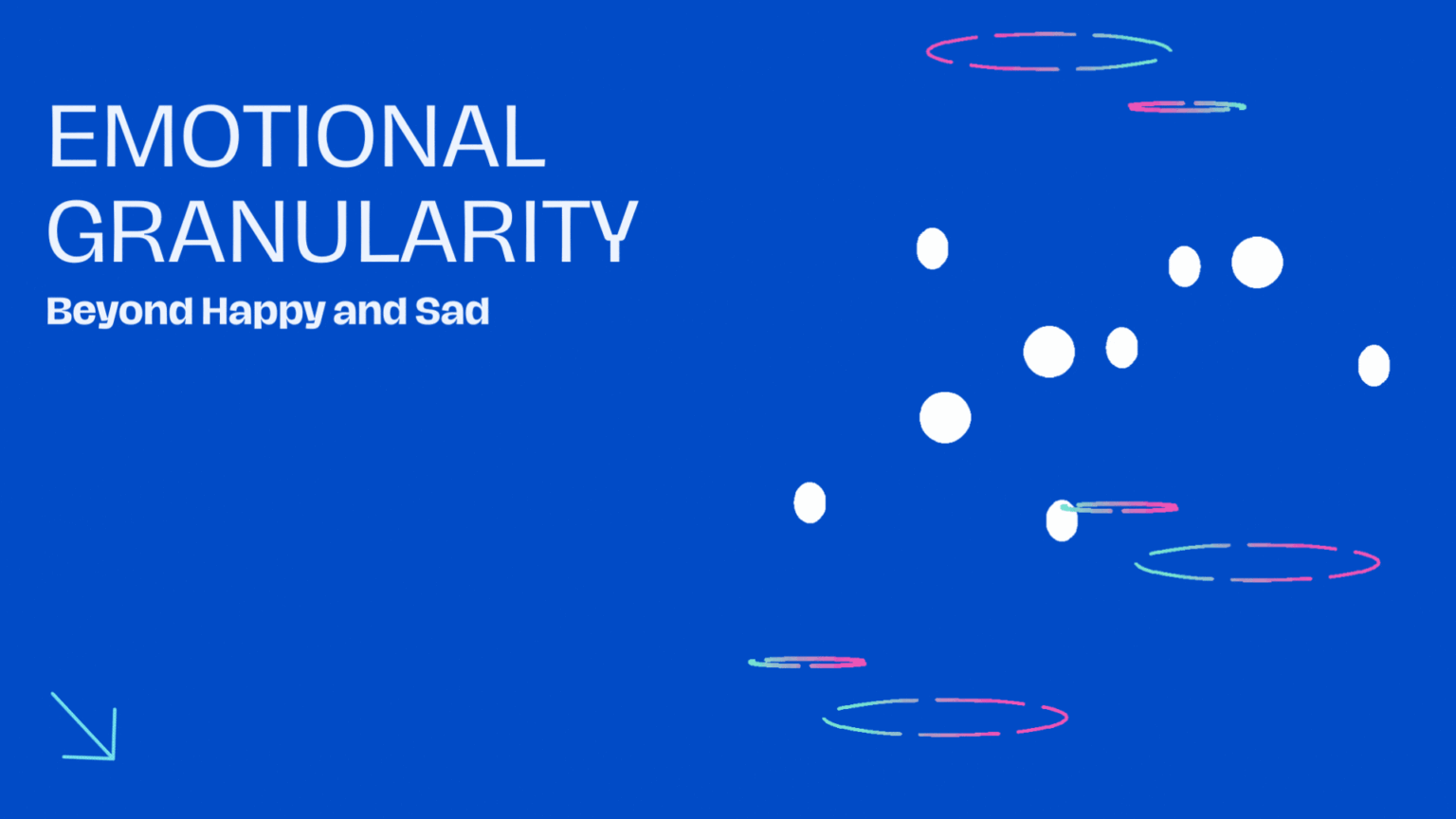Introducing LLAMP: A Five-Step Approach to Managing Obsessive Thoughts
Obsessive compulsive disorder (OCD) is a mental health condition characterized by recurrent and intrusive thoughts, as well as repetitive behaviors. It affects millions of people worldwide and can have a significant impact on their daily lives. Understanding the diagnostic criteria for OCD is essential in order to accurately identify and diagnose the condition.
What is obsessive compulsive disorder (OCD)?
Obsessive compulsive disorder (OCD) is a psychiatric disorder that is characterized by the presence of obsessions and compulsions. Obsessive thoughts are intrusive and recurrent, causing distress and anxiety to individuals. Compulsions, on the other hand, are repetitive behaviors or mental acts that are performed in response to obsessions, with the aim of reducing anxiety or preventing a feared event. Understanding the diagnostic criteria for OCD is crucial for mental health professionals in correctly identifying and treating the condition. According to the Diagnostic and Statistical Manual of Mental Disorders (DSM-5), the criteria for diagnosing OCD include the presence of obsessions and/or compulsions that are time-consuming, cause significant distress, and impair the individual’s daily functioning.
Exploring the factors affecting the development of OCD
The development of OCD is believed to be influenced by a combination of genetic, neurobiological, and environmental factors. Research suggests that individuals with a family history of OCD are more likely to develop the disorder themselves, indicating a genetic predisposition. Neurobiological factors, such as abnormalities in serotonin levels and brain function, have also been identified in individuals with OCD. Environmental factors, including traumatic life events, childhood abuse, and chronic stress, can contribute to the development and exacerbation of OCD. Additionally, certain personality traits, such as perfectionism and high levels of anxiety, may increase the risk of developing the disorder.
Reviewing case studies of individuals with OCD
Case studies provide valuable insights into the experiences of individuals living with OCD and the impact it has on their lives. These studies often involve in-depth interviews and observations of individuals to gain a comprehensive understanding of their symptoms, treatment journey, and overall quality of life. By examining various case studies, researchers and clinicians can identify common patterns and themes among individuals with OCD and develop effective treatment strategies. Case studies also serve as important tools for raising awareness and reducing the stigma associated with OCD.
What is the LLAMP approach to managing obsessive thoughts?
The LLAMP approach is a five-step process that aims to help individuals manage their obsessive thoughts and reduce the impact of OCD on their daily lives. The acronym LLAMP stands for:
Step 1: Assessing the severity of obsessive thoughts
The first step in the LLAMP approach is to assess the severity of obsessive thoughts experienced by the individual. This involves gathering information through interviews, questionnaires, and other assessment tools to determine the frequency, intensity, and impact of the thoughts on the individual’s functioning.
Step 2: Developing a personalized treatment plan
Once the severity of obsessive thoughts is assessed, the next step is to develop a personalized treatment plan tailored to the individual’s specific needs. This plan may include a combination of medication, therapy, and self-help strategies aimed at reducing symptoms and improving overall well-being.
Step 3: Implementing strategies for managing obsessive thoughts
In this step, individuals learn and implement strategies for managing their obsessive thoughts. This may involve cognitive-behavioral therapy techniques, such as exposure and response prevention (ERP), which help individuals gradually confront their fears and reduce avoidance behaviors. The LLAMP approach also emphasizes the importance of relaxation techniques, such as deep breathing exercises and mindfulness, to reduce anxiety and promote a sense of calm.
What are the benefits of using the LLAMP approach?
The LLAMP approach has been found to be effective in managing obsessive thoughts and reducing the impact of OCD on individuals’ lives. Numerous pilot studies have been conducted to examine the effectiveness of LLAMP, with promising results. One pilot study found that individuals who received LLAMP treatment experienced a significant reduction in OCD symptoms compared to those who did not receive the treatment. Another study analyzed quantitative data and found a positive correlation between adherence to the LLAMP approach and improvements in OCD symptoms. Furthermore, individuals using the LLAMP approach reported physiological changes, such as decreased heart rate and blood pressure, indicating a reduction in anxiety and stress.
Exploring the physiological changes experienced by individuals using LLAMP
Research has shown that individuals using the LLAMP approach experience physiological changes that are indicative of relaxation and decreased anxiety. For example, studies using electroencephalography (EEG) have found changes in brain wave patterns, suggesting a shift towards a more relaxed state. These physiological changes are important as they provide objective evidence of the effectiveness of the LLAMP approach in reducing anxiety and promoting overall well-being.
What are the key components of the LLAMP approach?
The LLAMP approach incorporates several key components that are fundamental to its success in managing obsessive thoughts and reducing the impact of OCD. These components include:
Utilizing relaxation techniques to reduce anxiety
One of the key components of the LLAMP approach is the use of relaxation techniques to reduce anxiety. These techniques, such as deep breathing exercises, progressive muscle relaxation, and guided imagery, help individuals achieve a state of relaxation and promote a sense of calm.
Incorporating cognitive-behavioral therapy in the LLAMP model
Cognitive-behavioral therapy (CBT) is an essential component of the LLAMP approach. CBT helps individuals identify and challenge negative thought patterns and develop more adaptive coping strategies. It also incorporates exposure and response prevention (ERP), which is effective in breaking the cycle of obsessive thoughts and compulsive behaviors.
Understanding the role of interpersonal communication in LLAMP
Interpersonal communication plays a crucial role in the LLAMP approach. Effective communication with mental health professionals, loved ones, and support groups can provide individuals with emotional support, guidance, and understanding. It also helps individuals build a strong support network, which is essential for long-term recovery.
What role does the design process play in LLAMP?
The design process plays an important role in the LLAMP approach, particularly in the context of applying LLAMP principles to different design challenges. Designers and stakeholders can utilize the LLAMP approach to address design problems and create innovative solutions. By incorporating LLAMP principles, designers can consider the impact of their designs on individuals with OCD and create environments that promote well-being.
Applying the LLAMP approach to different design challenges
The LLAMP approach can be applied to various design challenges, such as creating inclusive and accessible spaces for individuals with OCD. By understanding the specific needs and challenges faced by individuals with OCD, designers can develop solutions that accommodate their requirements.
Examining case studies of successful application of LLAMP in design projects
Case studies of successful application of the LLAMP approach in design projects provide valuable insights into the effectiveness of LLAMP principles. These case studies showcase how the LLAMP approach can be applied to real-world design challenges and the positive impact it has on individuals with OCD.
Addressing the potential conflict of interest in the design process
It is essential to address the potential conflict of interest in the design process when implementing the LLAMP approach. Designers must consider the needs and preferences of individuals with OCD without compromising the overall design quality and functionality. In conclusion, the LLAMP approach is a valuable framework for managing obsessive thoughts and reducing the impact of OCD on individuals’ lives. By assessing the severity of obsessive thoughts, developing personalized treatment plans, and implementing specific strategies, individuals can effectively manage their symptoms and improve their overall well-being. Furthermore, the LLAMP approach highlights the importance of relaxation techniques, cognitive-behavioral therapy, and interpersonal communication in the treatment of OCD. Integrating the LLAMP approach into the design process can also create environments that are supportive and inclusive for individuals with OCD.
Q: What is LLAMP?
A: LLAMP is a five-step approach to managing obsessive thoughts.
Q: Can LLAMP help with obsessive-compulsive disorder (OCD)?
A: Yes, LLAMP is designed to help individuals with obsessive-compulsive disorder.
Q: What are the five steps of LLAMP?
A: The five steps of LLAMP are: 1) Literature review, 2) Learning and development, 3) Management techniques, 4) Introducing new tasks and activities, and 5) Macro and micro management.
Q: How does LLAMP work?
A: LLAMP works by providing a holistic approach to managing obsessive thoughts. It incorporates various management techniques and encourages the introduction of new tasks and activities to help individuals overcome their symptoms of OCD.
Q: Is LLAMP based on scientific research?
A: Yes, LLAMP is based on a literature review and incorporates principles from psychology, psychiatry, and social science.
Q: Can LLAMP be used in combination with other treatments?
A: LLAMP can be used in combination with other treatments for OCD. It is important to consult with a healthcare professional to determine the best course of treatment for each individual.
Q: Does LLAMP have any side effects?
A: LLAMP is a management approach and does not involve any medications or physical interventions, therefore it is not associated with any physical side effects.
Q: How long does LLAMP treatment typically last?
A: The length of LLAMP treatment can vary depending on the individual and their specific needs. It is a holistic approach that can be implemented over an extended period of time.
Q: Can LLAMP help with other mental health conditions?
A: While LLAMP is primarily designed for managing obsessive thoughts and symptoms of OCD, some of the techniques and principles used in LLAMP may also be helpful for individuals with other mental health conditions. However, it is important to consult with a healthcare professional for personalized treatment.
Q: Is LLAMP supported by scientific evidence?
A: LLAMP is based on a literature review and incorporates principles from various fields of study. While there may not be specific studies focused solely on LLAMP, the techniques and principles used in LLAMP are supported by scientific research in the respective fields.
Q: Can LLAMP be used by individuals who have not been diagnosed with OCD?
A: LLAMP can be helpful for individuals who experience obsessive thoughts and would like to learn management techniques. However, it is important to seek proper diagnosis and treatment if there is a suspicion of OCD or other serious mental health problems.










